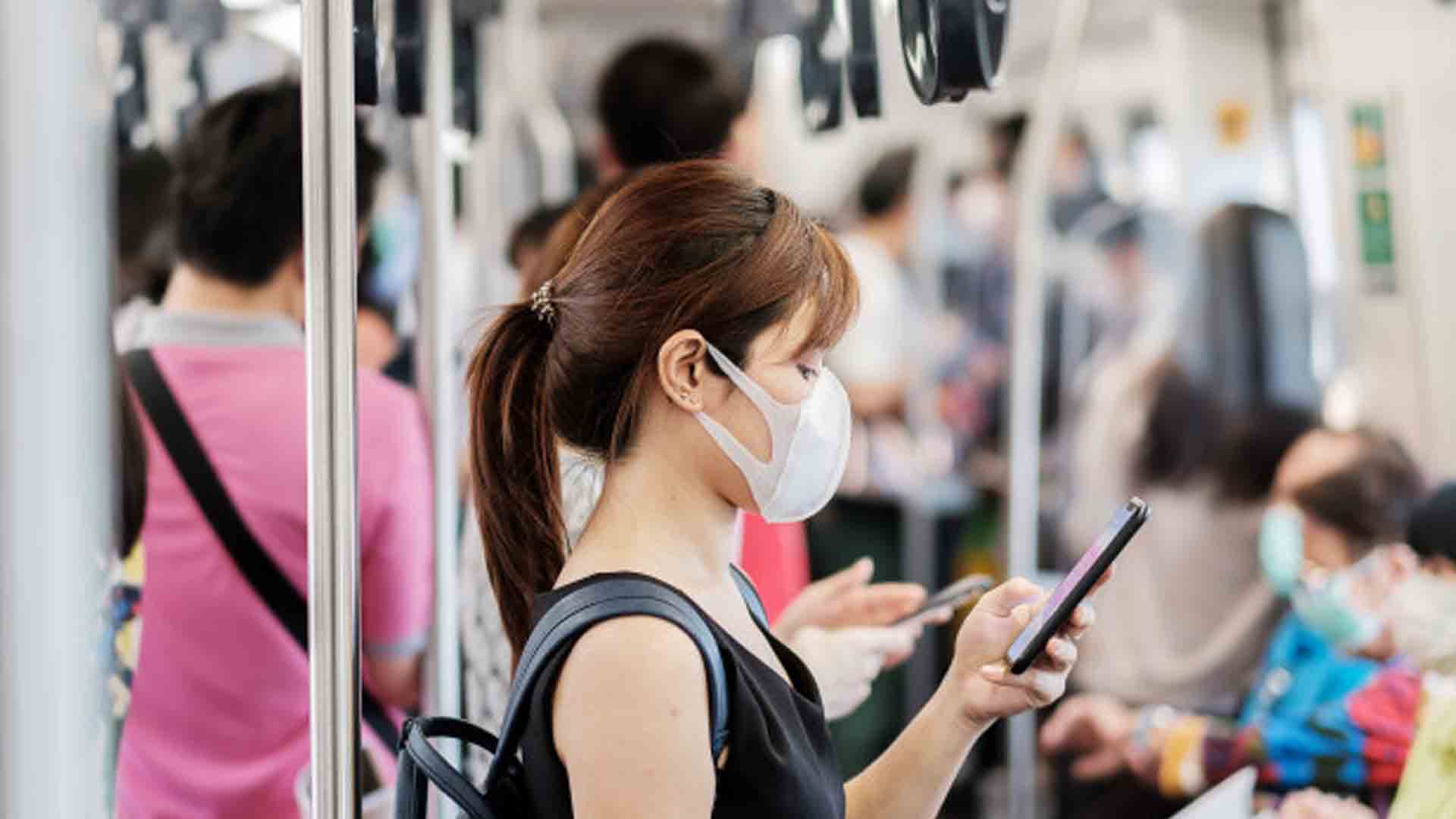More than a year later, the new surfacing reports about the different new variants, vaccines, and protocols have brought great news to the public that continuously creates interest and concern at the same time.
When Filipinos tune in to the month-end updates by the Inter-Agency Task Force (IATF), it creates different emotions to know where the country is headed and where it stands.
General Community Quarantine (GCQ) with heightened restrictions raised eyebrows amongst Filipinos, as the country ventured into another level of protocol.
What is GCQ with heightened restrictions?
Palace Spokesperson Harry Roque Jr. said Friday, July 23 that President Rodrigo Duterte has approved the new recommendation of the Inter-Agency Task Force for the Management of Emerging Infectious Diseases (IATF-EID) to place the Metro Manila in heightened GCQ restrictions Thursday, night, after the Department of Health (DOH) announced that there’s local transmission of the highly infectious COVID-19 Delta variant confirmed in the country.
The National Capital Region (NRC) and 4 other provinces including Ilocos Norte, Ilocos Sur, Davao de Oro, and Davao del Norte were among the places included under GCQ with heightened restrictions. This will take effect until the end of July 2021.
Resolution 127-E by the IATF requires every Filipino to observe and implement the following:
- Food establishments like commissaries, restaurants, and eateries may operate their indoor dine-in services with a seating capacity of 20% with their al fresco or outdoor dine-in services at the venue or seating capacity of fifty percent (50%).
- Beauty salons, spas, and barbershops are free to operate up to 30% of their seating capacity but still implements to accommodate clients to wear face masks.
- Meetings, Incentives, Conventions, and Exhibitions (MICE) events in eligible venue establishments are not allowed to operate.
- Outdoor tourist attractions, as may be defined by the DOT, shall remain to be allowed at thirty percent (30%) venue capacity with strict adherence to minimum public health standards.
- Business establishments awarded Safety Seal Certifications shall be allowed to operate at an additional 10 percentage points beyond the prescribed on-site capacity or seating capacity, whichever is applicable.
Safety Seal Certifications are granted to establishments like supermarkets, convenience stores hardware stores, logistics service providers, barbershops and salons, and service and repair shops that apply for a certification that defines that the establishment operates and complies with the minimum public health standards set by the government and uses contact tracing with StaySafe.ph.
- Indoor sports courts and venues and indoor tourist attractions are not allowed to operate.
- Specialized markets of the Department of Tourism (DOT) such as Staycations without age restrictions are allowed at such capacities, protocols, and restrictions imposed by the DOT.
- These specialized markets are the Point-to-Point (P2P) Air Travel for Leisure Purposes from the NCR Plus Area, and the Staycation program.
- Interzonal travel shall be allowed subject to restrictions of the local government unit of destination.
- Point-to-Point travel to areas under GCQ and MGCQ shall be allowed without age restrictions subject to an RT-PCR test-before-travel requirement for those below 18 and 65 years old, and other protocols and restrictions as may be imposed by the DOT and the Local Government Unit (LGU) of the destination.
- Religious gatherings are still allowed up to 10% of the venue capacity, as long as there is no objection from the LGU.
Gatherings for necrological services, wakes, inurnment, funerals for those who died of causes other than COVID-19 shall be allowed, limited to immediate family members, upon satisfactory proof of their relationship with the deceased and with full compliance with the prescribed minimum public health standards for the duration of the activity.
How is it different from GCQ and MGCQ?
Among the three, GCQ may have the strictest guidelines.
Any person below the age of 21 and people over 60 years old are not allowed to leave their residences; the same goes for people with comorbidities, pregnant women, and citizens with special needs.
Only limited operations in malls and shopping centers shall be allowed, except for leisure establishments and services which shall continue to be closed.
Outdoor sports are not allowed; indoor sports venues, tourist attractions, conferences, and meetings are up to 50% venue capacity; personal care services can operate up to 50% of venue capacity, outdoor tourist attractions are allowed up to 50% capacity; Staycation in DOT-accredited accommodations are also allowed, and indoor dining can operate 50z5, while outdoor dining at full capacity.
MGCQ is a one-step down from GCQ.
In this protocol, almost everything prohibited during GCQ is allowed— movie houses and concerts, sports events are open to the public at 50% seating capacity; work in all public and private offices may be allowed to resume physical reporting to work at full operating capacity, and indoor and outdoor non-contact sports and other forms of exercise are allowed.
Although changes may come to mind depending on the evaluation and propositions of the LGU. The newly imposed protocol, GCQ with heightened restrictions, appears to be the median of the two mentioned guidelines.
Others may remain in question to the different restrictions, but regardless of the different protocols imposed upon the Filipino people, it still lies with the collaborative efforts of the government, the response of the people, the trust established to one another, and the willingness to address the concern for the good of the country.
Source: https://doh.gov.ph/sites/default/files/health-update/omnibus-guidelines-on-the-implementation-of-community-quarantine-in-the-philippines.pdf, https://doh.gov.ph/sites/default/files/health-update/IATFResolution127-E.pdf , https://dtiwebfiles.s3-ap-southeast-1.amazonaws.com/COVID19Resources/COVID-19+Advisories/051421_MC2119.pdf, https://pcoo.gov.ph/news_releases/ncr-and-4-provinces-placed-under-gcq-with-heightened-restrictions/





















